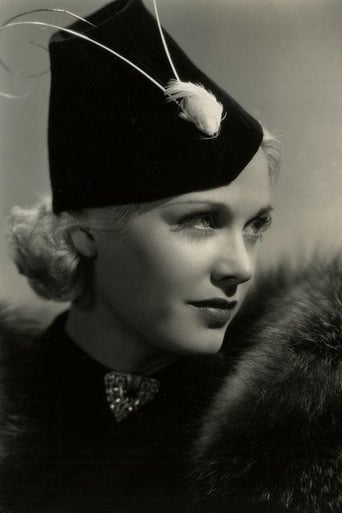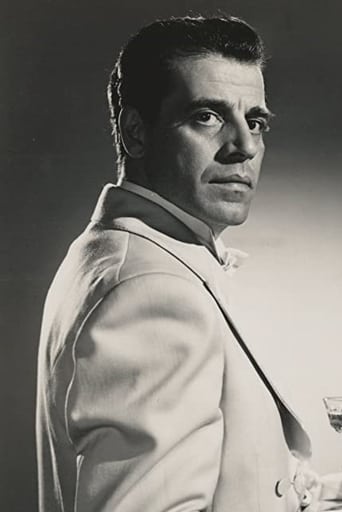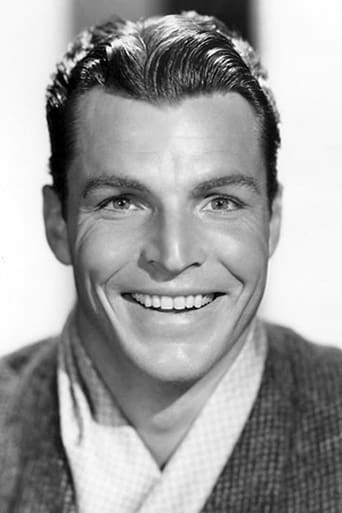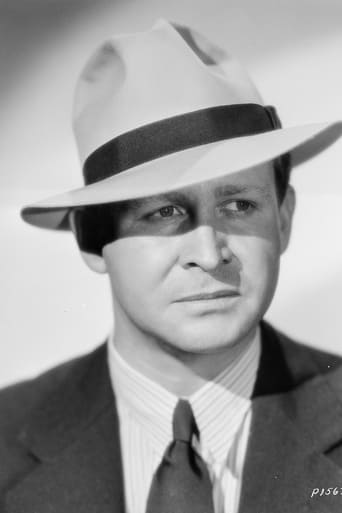kevin olzak
With this 1933 Paramount feature, "To the Last Man" (its TV title "Law of Vengeance"), John Carradine made his Western debut, and though he's only on screen for exactly 16 seconds he certainly did enough of them over the years (particularly on television) to nearly surpass his more famous horror resume, which actually begins with his next role in James Whale's "The Invisible Man." A remake of a 1923 silent of the same name, it's a story familiar from eons ago, feuding Kentucky families carrying their generational grudge out West, to the community of Grass Valley, Nevada. The film opens with Mark Hayden (Egon Brecher) returning home from the newly ended Civil War, determined to avoid any further bloodshed by moving his family away from their bitter enemy Jed Colby (Noah Beery Sr.). His young son Lynn is present when Jed cold bloodedly shoots old Grandpa Spelvin, at his side cousin Pete Garon (John Carradine, who has no dialogue). Grandpa identifies the two killers to Lynn, while his father counts on the law to settle the matter by jailing Colby for a period of 15 years ("murder? Why it was feudin' pure and simple!"). Jack La Rue continues his streak of playing scheming evildoers as Colby's former cellmate Jim Daggs, whose job is to locate the Hayden clan so that Jed can continue the feud, even after a passage of 15 years. Daggs intends to marry Jed's wildcat daughter Ellen (Esther Ralston), only to find a rival in newcomer Lynn Hayden (Randolph Scott), who remembers seeing his grandfather shot by Ellen's father, but wants to assure her that their elders' fight should not be their own. Brother Bill Hayden is played by Buster Crabbe, with Gail Patrick as sister Ann, Barton MacLane as her husband, the one who kills Carradine's Pete Garon off screen, in answer to the Colbys' year long raid of cattle rustling (Shirley Temple makes a strong impression as their daughter). Such a strong cast, coupled with Henry Hathaway's straightforward direction, and a total absence of a music score make this a better than expected early talkie Western, a formulaic plot with several pre-code twists and turns that keep the viewer off guard. John Carradine was making only his 8th feature film, Shirley Temple her 4th, while other unbilled actors included Erville Alderson, Harry Cording, and young Delmar Watson.
weezeralfalfa
My title quote is from incredulous brooding Jed Colby(Noah Beery) when told he had to serve a 15 year prison sentence for the shooting of Grandpa Spelvin, of the Hayden clan, whom the KY backwoods Colbys had been feuding with for generations.In one of his earliest westerns, the film is near half over before we get our first glimpse of hero Randolph Scott, in the guise of Lynn Hayden, a young member of the Hayden clan, who have moved from KY to NV to escape the vendetta war with Colby clan. Randy has spent the last 16 years staying with Granny in KY, because she refused to move with the others...Although only 60 min long(down from the claimed 70 min.), this film seems longer, as quite a bit of action and quite a few characters are packed in. It's a remake of the silent version, based on a Zane Grey novel, and is directed by Henry Hathaway.Thanks largely to the fiendish scheming of his nemesis, Jim Daggs(Jack La Rue), Randy does end up the last man alive among the two feuding clans. Scheming Jim, Jed's former prison mate and a supposed ally of the Colby clan, almost ended up with all of the Hayden's cattle and horses, and his supposed partner's spunky daughter, Ellen, to boot. But half dead Randy takes his place at the last min., as he and Ellen wed to symbolically end the feud for good.Jack La Rue would make a career out of playing darkly handsome, but fiendish villains, whom audiences loved to hate...Buster Crabbe, a favorite of the females in the audience, was also on hand, playing Randy's brother Bill. Buster dismisses Ellen as poor white trash, with a roving eye. But, Randy has a different take, despite her contradictory attitude toward him, especially when she learns he is a Hayden. Randy leaves a package on a rock near where he last saw her. She kicks it down the hill unopened until it lands in her campfire. Then, she changes her mind and opens it to find a beautiful dress. Later, she declared to her disapproving father that it would be her wedding dress.Another key protagonist-antagonist pair is Jed Colby and Mark Hayden(Egon Brechers) who, after the shooting death of Grandpa, represent the head male of each clan. It was Mark who spearheaded the successful prosecution of Jed for the murder of his father-in-law. After released from prison, Jed led the Colby clan to NV to take revenge on the Haydens, by initially rustling their cattle, bit by bit, hopefully provoking them into a fatal ambush. In contrast to the younger Haydens, Mark wants to avoid resuming the murderous feud, by having Jed convicted of cattle rustling. But, a concerted attack by the Colbys on the Hayden's main house, and the killing of son Bill cause him to make the fatal decision to go after Jed by himself. The resulting horseback chase of the Colbys by the Haydens gives Jim(La Rue)his successful chance to bury nearly all of both clans with a massive dynamite-induced rock avalanche.Eugenie Besserer plays Granny, who exits early in the film because she refuses to move to NV. This would be Eugenie's last film, as she died the next year.Barton MacLane has a minor role as the husband of Ann Hayden, sister of Bill and Lynn, played by Gail Patrick, and the father of a daughter, played by a very young Shirley Temple. He had a substantial film career, usually playing tough guys, often villainous. Gail also had a substantial film and TV career, most often playing antagonists of or a supporting role to the leading lady. However, she would play Randy's leading lady in the upcoming "Wagon Wheels", one of the early epic film representations of an immigrant train across the West. Like Randy, she was southern-bred, well educated, relatively tall and thin, good looking, with a patrician demeanor.Although a decade older than Gail, Esther Ralston plays the romantic lead as the neglected, dirt -poor, emotionally fragile, tomboy wild child of Jed. She had been a star beauty in the silent era, but mostly had supporting roles in the early talkie period. Noah Berry, who specialized in playing villains, was the brother of the more famous Wallace Beery.Only 3 years later, the subject of KY backwoods feuding clans would again be dramatized on film, in "On the trail of the lonesome Pine", with far superior production values, even being shot in gorgeous color, a very rare privilege at the time. Both were produced by Paramount and both were mostly shot around Bear Lake,CA. It would again explore the pluses and minuses of various possible ways of ending or minimizing such feuds(other than by La Rue's apocalyptic solution). These still have relevancy today, as criminal gangs in the US have replaced the backwoods feuds....Fuzzy Knight played a subsidiary character in both films, providing the limited music.This film is currently part of a DVD package of some of Randy's lesser known, mostly early, westerns. The camera work was generally good, if the filming technology and acting were rather primitive, by later standards. At times, both clans seemed to swell with unexplained extras.




